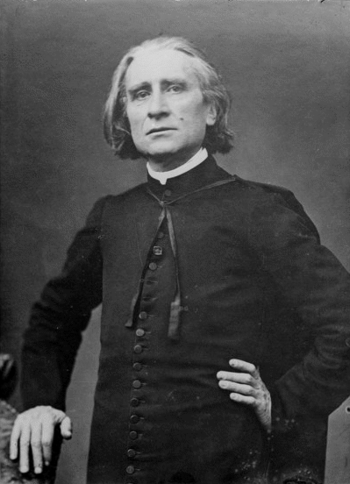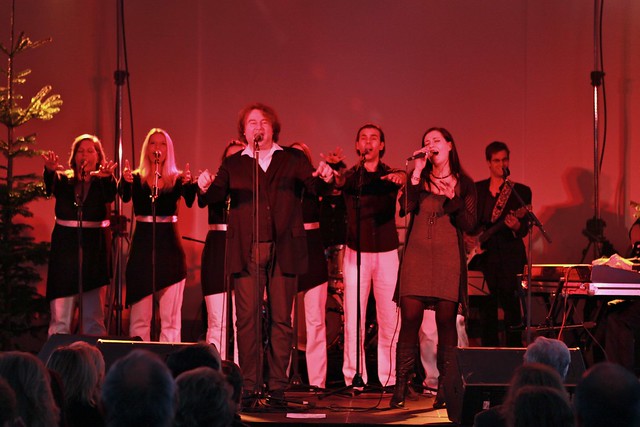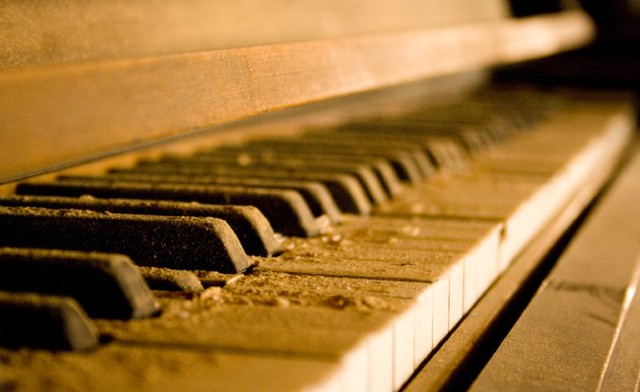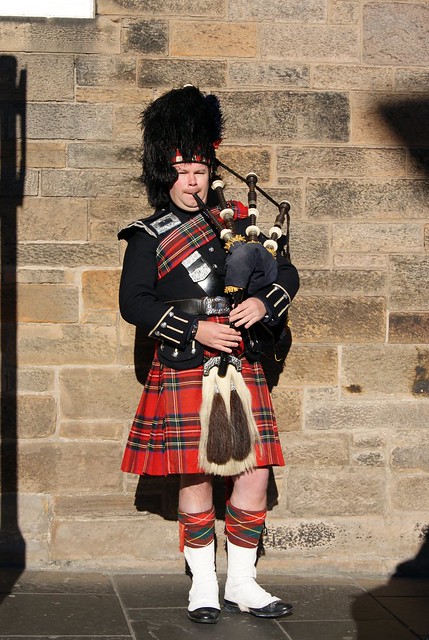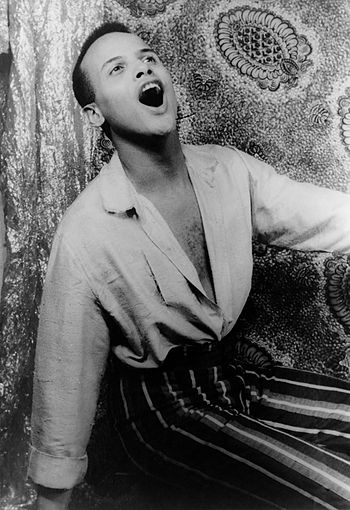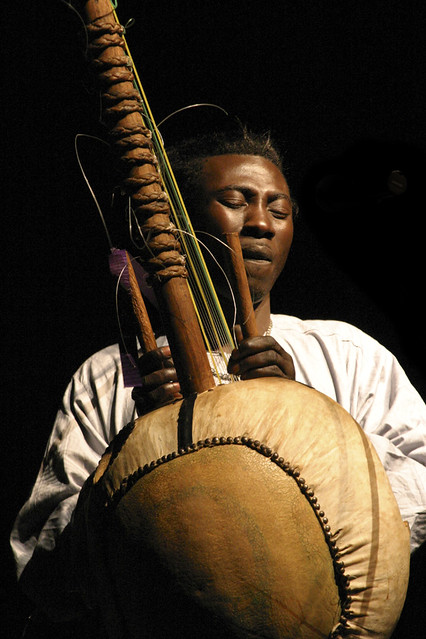 |
| Photo by electricnerve |
Africans uses dance and songs along with their instruments during particular occasions, rituals, and ceremonies. It also serves as their musical communication towards each other. Africans are rich in values and customs. Most of the African instruments that they have are fundamentally used as a symbol of admiration and a medium of worshipping their divine being. These kinds of instruments show imagination, creativeness, and power that Africans put into functional objects.
In general, the sound of African music is characterized as polyphonic. Vocal-instrumental combinations are as common as instrumental music. Nearly all African instruments have a device that provides a percussive rhythmic accompaniment. All these instruments may differ in sizes and forms but all are created to create music.
Africa probably has the largest variety of drums to be found on any continent, but practically every other type of musical instrument is also represented throughout Africa. Of all the drums, the most characteristically African are the talking drum, hourglass drum, and the slit drum. Of the myriad types of rattles, the Western African net rattle, made of a handle gourd encased in a beaded net is unique. Xylophones, widespread in Africa, are two basic types; the frame xylophone and the loose key xylophone.
As widespread as the xylophone is the mbira which is consists of flat iron strips mounted on a board or box with one end of each strip free to be plucked with the fingers. The simplest of any kind of stringed instruments found throughout Africa is the musical bow. Zithers and harps are also common and the lyre, which has a hemispherical and rectangular body with two arms extending to a crossbar. The three-stringed instruments unique to Africa are the harp lute, harp zither, and the bowed lute.
You can get hold of these African instruments and learn it yourself. It cam undeniably produces beats, rhythms, and melody that are pleasurable to the ears. Feel the beat of African music and let its music fill the air to make you express your emotions and personality.
These instruments can be purchased in many musical stores which you can check the instruments yourself and try it. But if it is not available in your place or you are just too busy with your time you can conveniently search it on the internet and you can encounter various kinds of these instruments which you can possibly own.

